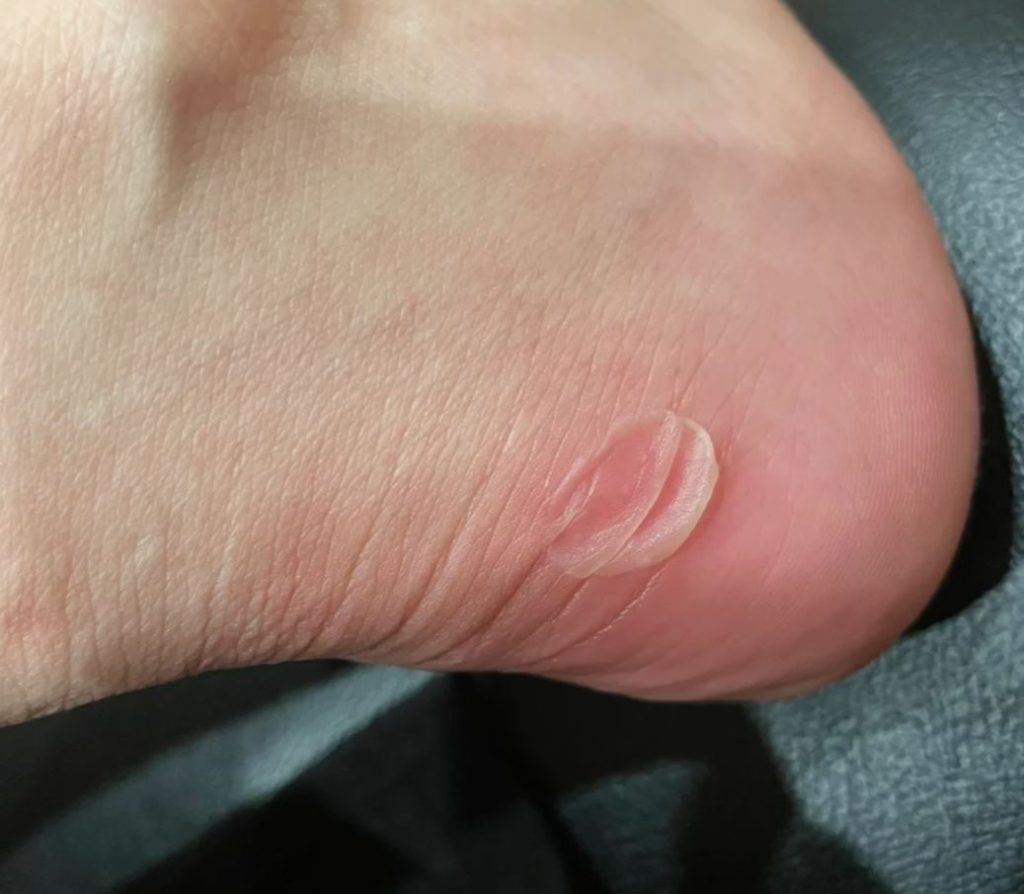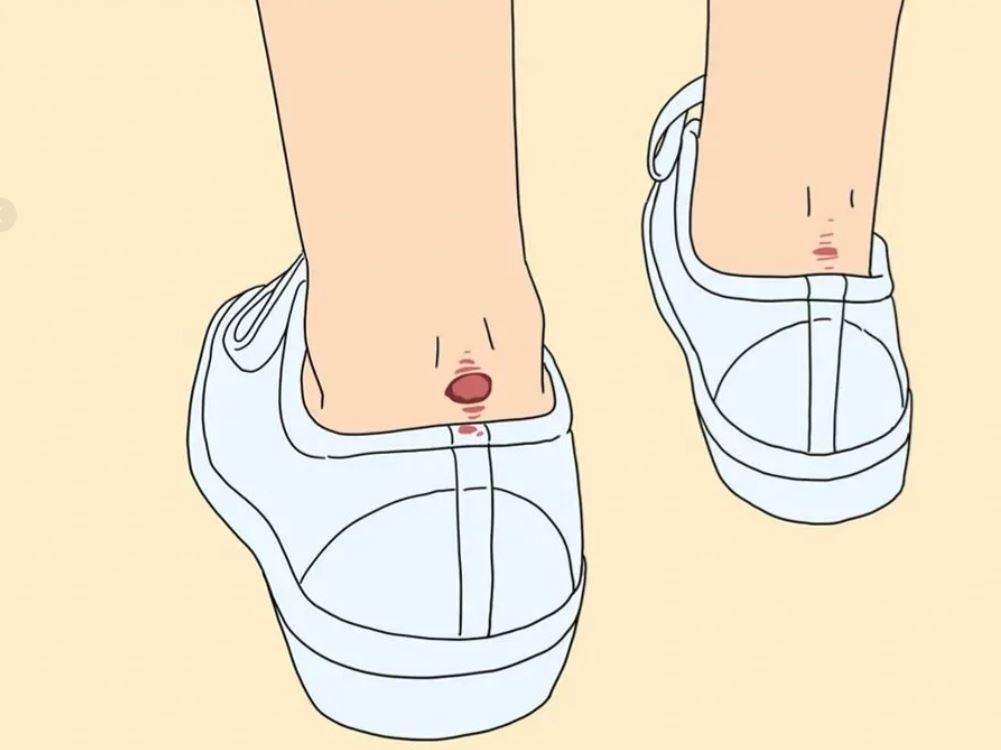Many people who hike or conduct military activities have racked their brains to prevent and treat blisters. Fortunately, with the right protective care and treatment plan, we can reduce or even avoid this trouble. This article will provide you with a more professional guide from three aspects. The causes of formation, preventive measures and treatment methods.
Causes of formation

In medicine, it is called blisters. The reason is the accumulation of fluid between the surface layer of the skin and the dermis due to friction, uneven squeezing pressure or long-term hot and humid environment. For military boot wearers, we have collected and summarized the causes.
Improper size: Too large or too small shoes may cause the foot to slide in the shoe and increase friction.
Uncomfortable insoles: Insoles that lack cushioning or poor breathability cannot effectively disperse pressure and absorb moisture and perspiration. That will accelerate the formation of blisters. Correspondingly, wearing non-breathable military boots for a long time in a hot and humid environment can also easily cause blisters.
Long-term walking: High-intensity military training or long-distance travel will cause the feet to be under pressure for a long time.
Preventive measures
For the above reasons, we can choose to wear suitable military boots, high-quality insoles and take a break in time. In addition, there are some tips for you to learn from.

Socks selection: Choose socks with moderate thickness, soft material and moisture absorption and perspiration. That’s because it can reduce the friction between the feet and the military boots.
Keep your feet dry: Use antiperspirant spray or powder appropriately to keep your feet dry and reduce moisture accumulation.
Use anti-friction stickers: Apply anti-friction stickers to the parts that are prone to blisters, such as toes and heels. The aim is to add a layer of protective barrier in advance.
Treatment methods and drugs

If the blisters are small and not broken, keep the local area clean and dry and avoid further friction. This can generally be absorbed and subsided by itself. For larger or broken blisters, first use iodine to disinfect and then break antibiotic ointment. After covering the wound with sterile gauze to protect it, change it regularly.
In summary, the key to prevent and treat blisters is to start from the source. I hope this article can provide guidance and help for the majority of military boots enthusiasts.